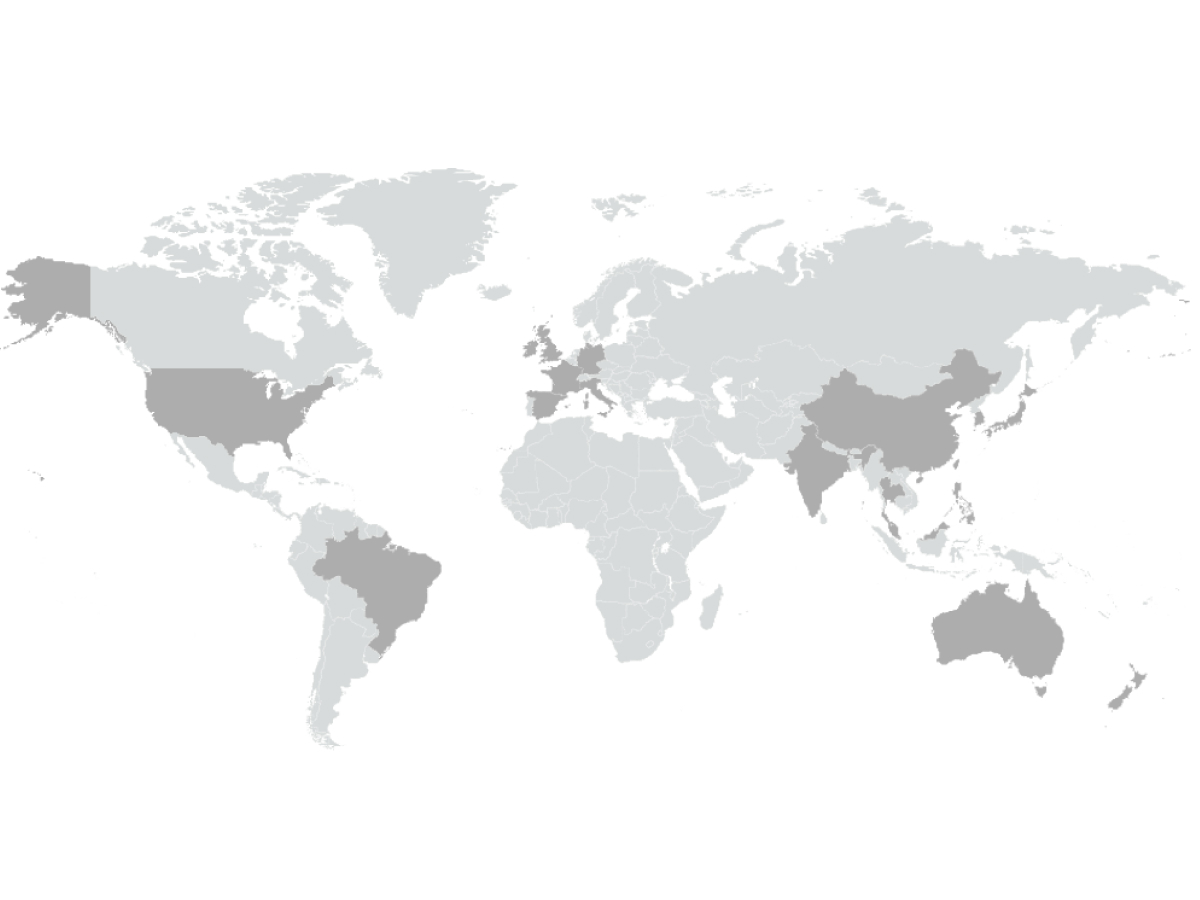As mobile network operators (MNOs) deploy 5G, the turndown of 3G is understandably top of mind. Carriers need the spectrum space as they rollout 5G and simultaneously maintain other services such as Long Term Evolution (LTE) for 4G, and Voice over LTE (VoLTE). The decommissioning of 3G could leave millions of subscribers without voice services when roaming on LTE networks; a problem that has created a glaring need for operators to quickly establish VoLTE roaming capabilities.
VoLTE deployment has progressed modestly in recent years. The GSMA now reports that 95 markets are live with commercial VoLTE services, but only around 32 markets have inbound VoLTE roaming agreements. Why are so few MNOs investing in this critical technology?
Blog two in our 5G series examined some of the factors at play here. Not all LTE and VoLTE launched networks offer a nationwide LTE/VoLTE footprint or support roaming. Voice roaming is still widely dependent on Circuit Switched Fall Back (CSFB), which utilizes 3G footprint to provide voice and SMS where VoLTE is not available. There were also some early deployment delays due to technical issues. In other words, operators have been able to rely on 3G to provide voice services while consumers were roaming, therefore reducing the urgency to offer VoLTE as an alternative.
A similar scenario arose in 2013 when carriers began turning down 2G. As the world turned to 4G, the Code Division Multiple Access (CDMA) and Global System for Mobile Communications (GSM) operators were forced to converge at LTE and VoLTE after their 2G offerings were disbanded. The Competitive Carriers Association (CCA) operators joined forces to solve the fast approaching dilemma. They created the LTE Roaming Data Services Hub and became the first consortium of operators in the world to collectively launch VoLTE roaming while developing a new and unique 4G footprint in North America for domestic and international VoLTE roamers. There have now been 14 VoLTE roaming launches with CCA members as we go to press.
The proliferation of VoLTE roaming launches in America by the CCA LTE Hub, powered by TNS, was further expedited by creating a multilateral roaming hub, in which the CCA operators consolidated their footprint and roaming agreements into a single roaming contract and centralized their LTE and VoLTE roaming management with TNS. With this innovative approach to roaming, the CCA operators connected to the global 4G roaming stage and leapt past the 3G requisite directly to LTE and VoLTE.
Operators around the world will collectively experience the same dilemma the CCA did in 2013 once 3G turndown accelerates and CSFB coverage diminishes. The importance of accelerating VoLTE roaming has arrived. Key capital investments in VoLTE by carriers, specifically in IP Multimedia Subsystem (IMS) cores that allow voice calls to be made over IP rather than the previously used CSFB, are required to maintain the current levels of global roaming voice services. As more 3G networks are retired there is a risk of destinations with no operator voice roaming service, only OTT alternatives and also a significant lack of support for regulatory requirements, like emergency calling.
TNS has created a virtualized IMS core that operators can use to quickly deploy VoLTE roaming regardless of the IMS core capabilities in their home networks.
Enabling VoLTE alongside next-generation data services will be crucial in the coming years to help operators improve network efficiencies, free up additional spectrum and create new revenue streams for their business, all the while improving their overall subscriber and roaming experiences by offering voice capabilities wherever consumers are mobile. The advance of VoLTE roaming is set to continue for many months and years to come.
Nina is Director of Product Management at TNS, with specific responsibility for roaming product strategy and development. She can be reached at solutions@tnsi.com.





